Understanding Urbanization and Its Effects on Local Biodiversity
Urbanization refers to the process of human settlement expansion, specifically the growth and development of cities. This phenomenon often results in the transformation of natural habitats into concrete jungles, consequently having profound impacts on local biodiversity.
The Implications of Urbanization on Local Biodiversity
Rapid urban expansion often gives rise to multiple environmental challenges including species loss, habitat degradation, and ecological changes.
Species Loss
According to a study from the 'Proceedings of the Royal Society B', urbanization has led to a significant decline in bird and plant species worldwide. The increase in built-up areas disrupts natural habitats, resulting in a loss of native species and a reduction in species richness.
Habitat Deterioration
The transformation of natural habitats to urbanized spaces leads to the degradation and fragmentation of ecological habitats. A study in the 'Journal of Applied Ecology' showed that urbanization fragments habitats, making it difficult for species to find suitable living conditions, thereby affecting their survival rates.
Ecological Shifts
Alterations in the urban environment can trigger ecological shifts. For instance, the rise in temperature caused by urban heat islands can disrupt the lifecycle of various species, as revealed in a study published in the 'Nature' journal.
Mitigating the Impacts of Urbanization on Biodiversity
Despite the alarming impact of urbanization, several measures can be adopted to minimize these effects and sustain healthy ecosystems within cities.
Implementation of Green Spaces
The creation of green spaces such as parks, gardens, and other natural areas within cities can provide habitats for local wildlife and promote biodiversity. Take for instance the city Gardens of Singapore, which have helped to preserve a wide variety of species despite being in the heart of a bustling city.
Conservation Efforts
Successful conservation measures can be adopted to safeguard endangered species. The city of Austin, Texas in the United States, for example, has implemented effective conservation projects that have resulted in a positive impact on the survival of native species like the Barton Springs Salamander.
Adoption of Sustainable Urban Planning Practices
More sustainable methods of urban planning could help lessen the negative effects of urbanization. The incorporation of eco-friendly designs and landscapes can offer a solution to balance development and conservation. Think of Freiburg, Germany, widely known for its eco-city model.
Conclusion
In conclusion, the need to sustain local biodiversity amid urbanization is critical. As urban areas continue to grow at a rapid pace, it is essential to devise comprehensive solutions and adopt sustainable practices to balance development and conservation. Remember, we share this planet with billions of other species and it's our responsibility to ensure their survival alongside ours.
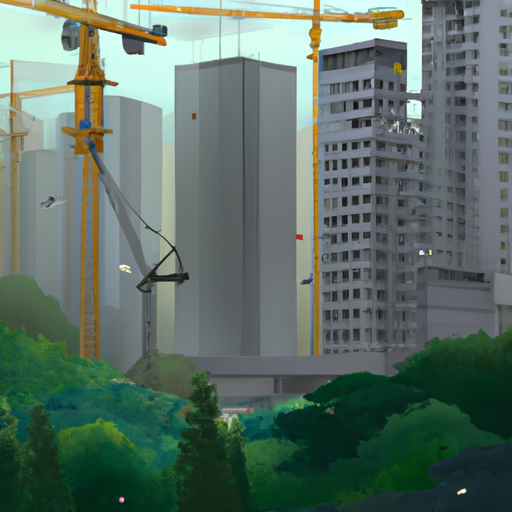










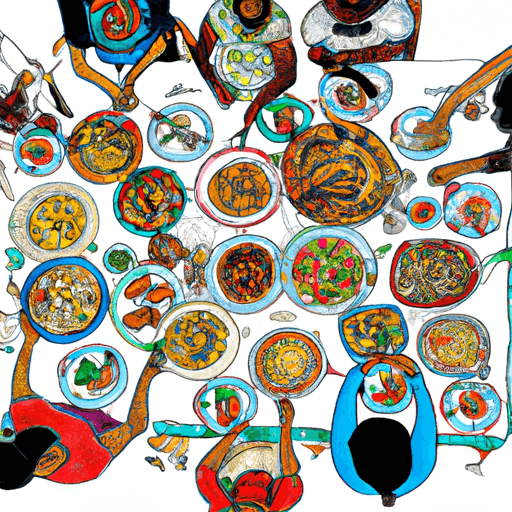
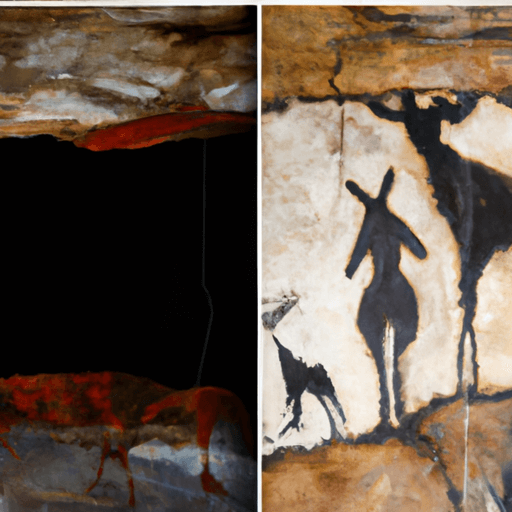

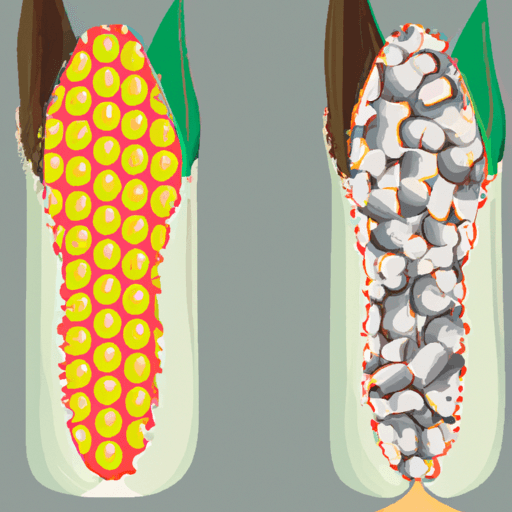
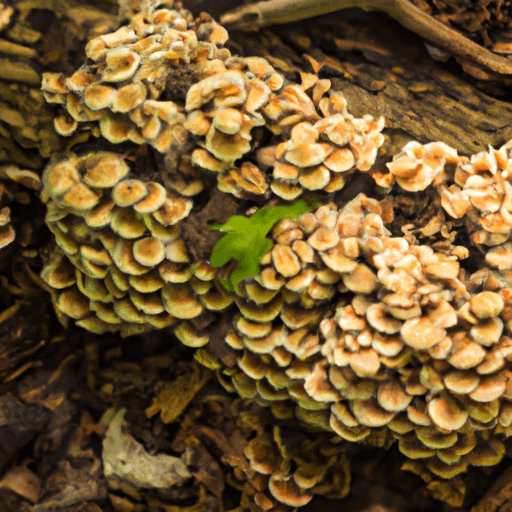
Comments
Leave a Comment